
The 12 Healthiest Fruits To Eat, According to the Pros
No matter where you look, the food we consume is getting farther away from nature. Grocery store shelves are filled with processed foods with preservatives and additives that are hard to pronounce. When we’re not buying food at the store, it’s a cheeseburger and fries for dinner.
When you think about the effect this type of diet can have on your health, it’s troubling. It’s of little wonder the rates of obesity, heart disease, diabetes and other metabolic diseases have increased steadily over the last few years.
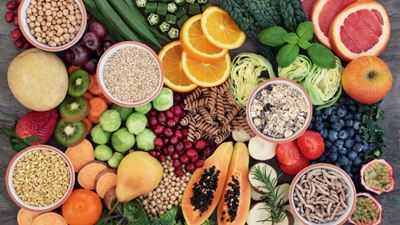
To avoid being part of these statistics, you can start bringing your diet more in line with nature, and that means eating more fruits and vegetables. Here are the top 10 reasons that’s a great idea!
Fruits and vegetables are a great source of vitamins and minerals. You won’t find a better nutritional source than fruits and veggies, which are packed with vitamins A, C and E, as well as magnesium, zinc, phosphorous and folic acid. For potassium, one of the most important minerals for your health, eat plenty of avocados, sweet potatoes, bananas, prunes and even tomato paste puree.
You get to enjoy a variety of flavors and textures. With all their unique and interesting flavors, plant-based foods let you get creative in the kitchen. You can try strong flavors like onions, olives and peppers, or milder options such as mushrooms and corn. For sweet flavors, fruits like pineapple, grapes or plums are great, while lemons and grapefruits are more sour.
Lots and lots of fiber. Most fruits and vegetables have plenty of fiber to fill you up and boost gut health, but some have more than others. Fiber-rich vegetables include artichokes, green peas, broccoli and cauliflower. High-fiber fruits include raspberries, pears, apples and pumpkin.
They’re low-calorie and low-fat. On average, fruits and especially vegetables are very low in calories and fat, which means you can eat more to keep you feeling full without worrying about extra calories or fat. You can save more than 200 calories by eating half a cup of grapes versus a fourth of a cup of M&Ms. That said, there are exceptions, such as avocados, olives and coconuts.
Protect against cancer and other diseases. Many vegetables and fruits contain phytochemicals, which are biologically active substances that can help protect against some diseases. That means you can lower your risk of type 2 diabetes, stroke, heart disease, high blood pressure and cancer by adding them into your diet. Specifically cruciferous veggies, such as broccoli, cabbage, collards and watercress, have been linked to reducing cancer risks.
Fruits and vegetables help you maintain good health. Because they’re low in saturated fat, salt and sugar, fruits and vegetables are part of a well-balanced diet that can help you lose weight or prevent weight gain. Plus, they can help you decrease inflammation, and lower cholesterol levels and blood pressure.
Low in sodium and cholesterol. Fresh fruits and veggies contain only trace amounts of sodium. Many people think that celery is high in sodium, but in fact, one stalk contains a mere 30mg, which contributes 1 percent to the recommended daily value. Cholesterol doesn’t exist in fruits and veggies at all.
Fresh, frozen, canned, dried – they’re ALL nutritious. While eating fresh fruits and vegetables may be your preference, there’s not much difference from a nutrition standpoint when you compare frozen, canned or dehydrated products. In fact, most frozen and canned products are processed within hours of harvest, so the nutritional value is locked in quickly.
Convenient, quick and easy. Unlike granola bars or crackers, many fruits and vegetables don’t need any packaging. So you can easily grab a banana or an apple as you’re heading out the door.
Finally… Smoothies! If you have a blender, all you need is fruit and ice to whip up a delicious smoothie using all of your favorite flavors. And here’s a tip – when you make a fruit smoothie, feel free to throw in as much fresh spinach as you like. Spinach doesn’t start to taste like “spinach” until you cook it. Even kids can’t tell the difference!
Enjoying fruits and vegetables is a great way to improve your health and actually enjoy what you eat. While it may take a little creativity, effort and an open mind to try new things, switching to a diet with more fruits and veggies is definitely worth it!
Here are the 25 Healthiest Fruits You Can Eat, According to the Pros
Watermelon
Watermelon is 92% water, making it a great choice for hydration. Your food provides about 20% of your fluid intake, and eating water-packed snacks like watermelon can help you avoid subtle, headache-spurring dehydration. Because fruit is high in water, potassium and magnesium, it helps to offset excess sodium in your diet, too. Try it in a salad with feta and mint — or grill it for a summery dessert!
Apples
An apple a day may in fact keep your cardiologist away. Evidence has shown that frequent apple consumption may reduce total cholesterol, which can help reduce your risk of heart disease. That’s thanks to the phenolic compounds — antioxidant compounds that help to promote healthy cellular function and proper blood flow — found in apple skins. The combo of vitamin C, fiber (about 5 grams per medium apple) and phytochemicals makes them a smart household staple for your whole family. And there are so many ways to eat them, from simple slices dipped in nut butter or yogurt, to stuffed with nuts and raisins and baked.
Mangos

Munch on mango for a summery, delicious tropical treat filled with vitamin C, potassium- and beta-carotene. We love making a big batch of mango-filled skewers and loading up the fridge or freezer, so they’re always on hand when you need a nosh. Plus, the prep gets your little ones involved in the kitchen, and that kabob adds an extra layer of fun! Diced mango is wonderful in a salad, or freeze chunks to throw into smoothies.
Kiwis
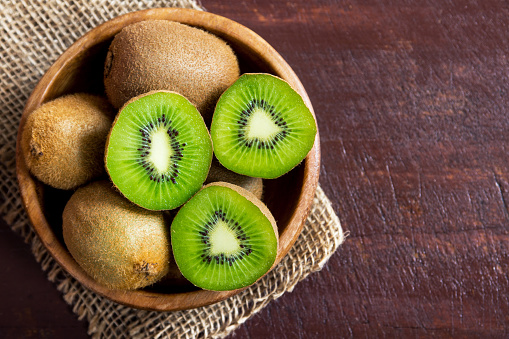
In addition to the vitamin C, potassium and antioxidants you’ll get from kiwi, the combination of folate, magnesium and B-vitamins also found in this fruit can help you chill out. Some (early) research has linked eating kiwi as a pre-bedtime snack with an easier time falling asleep! Mix some into a slaw, or slice some for a cooling side dish.
Bananas
Rich in soluble fiber, bananas are an easy grab-and-go snack that can help lower cholesterol. For an extra heart-healthy boost, slice bananas on top of morning oats with a tablespoon of chia seeds and walnuts. It’s a hearty, energy-packed breakfast loaded with fiber, vitamin B6, potassium, magnesium, vitamin C and manganese.
Oranges
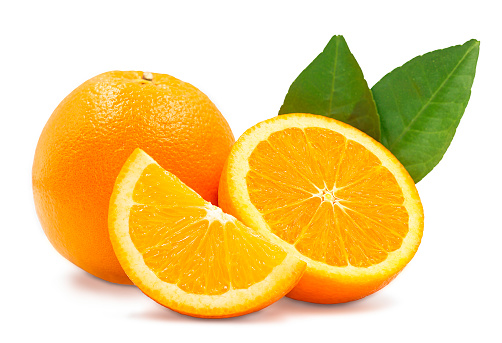
You already knew that oranges came packed with vitamin C, but get this: Citrus fruits have been shown to have anti-inflammatory, antioxidative and anti-cancer properties, according to research published in Chemistry Central Journal. Oranges are wonderful on their own, sliced into a salad, or used in cooking or baking.
Grapes
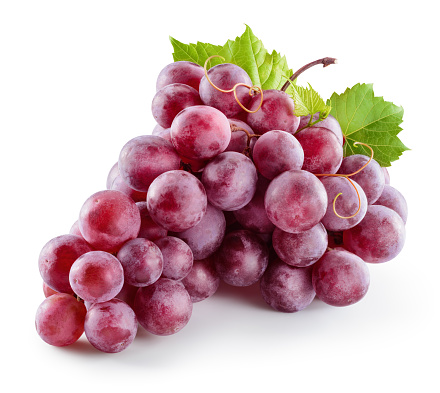
Grapes contain polyphenolic compounds with antioxidant properties, which may help reduce cellular damage. Adding grapes (about 1–2 cups per day) to your diet can help to protect your body’s tissues and decrease markers of inflammation. Frozen grapes are a wonderful, hydrating summer treat, but also consider roasting grapes along with veggies on a sheet pan!
Guava
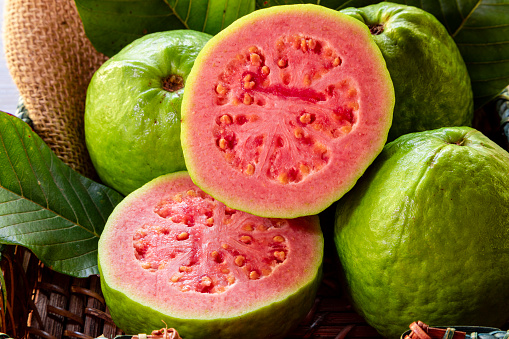
Give your immune system a boost with guava. They’re rich in vitamin C, potassium and fiber, and have a fair amount of folate. With a tropical tang, guavas can be used to make a tasty jam, or turned into a syrup or glaze to use in a host of recipes.
Strawberries
Strawberries are a great source of antioxidants — especially vitamin C. Just one cup of halved strawberries packs about 150% of your daily value. The same serving also contains about 80 calories and up to 9 grams of fiber, a combo that helps you enjoy maximum flavor and fullness for a minimal number of calories. Use their sweetness to create wonderful desserts!
Blackberries
Blackberries provide nature’s perfect snack: They’re deliciously sweet, satisfying and nutrient-packed. One cup can provide about half of the vitamin C you need each day. Plus, they’re a good source of both vitamin K and manganese. Our favorite way to eat any type of berries? Swap them for jam in PB&J to add extra fiber, more antioxidants and less sugar.
Avocados
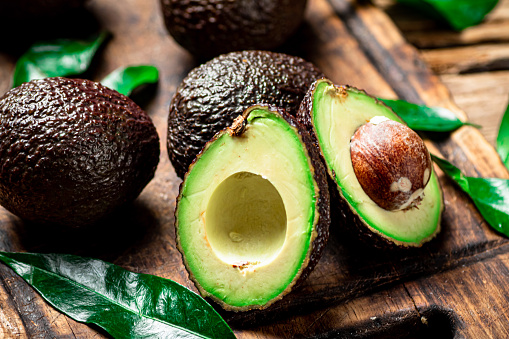
Avocado is a unique fruit (yep, it’s a fruit!) because of its low sugar content. It also provides heart-healthy fatty acids and magnesium, a key mineral linked to neurological and muscular function. You know all about avocado toast, but have you tried adding avocado to your smoothies?
Plums
Plums have been shown to have anti-inflammatory benefits that may help to boost cognition. Choose dried prunes for even more calcium and magnesium, which have been linked to decreasing your risk of osteoporosis. Or when you’re grilling chicken or a steak, throw on some halved fresh plums — the heat intensifies their sweetness.
Blueberries
Since they’re loaded with polyphenolic compounds, eating more blueberries can protect your heart by benefiting blood vessels and deterring harmful plaque or damage. The fiber in berries also slows down the rate of digestion in your GI tract, steadying the release of sugar into your bloodstream and offering a longer-lasting energy boost. Besides adding them to anything from oatmeal and yogurt to salads and grain dishes, consider the most obvious and delicious option:
Lemons
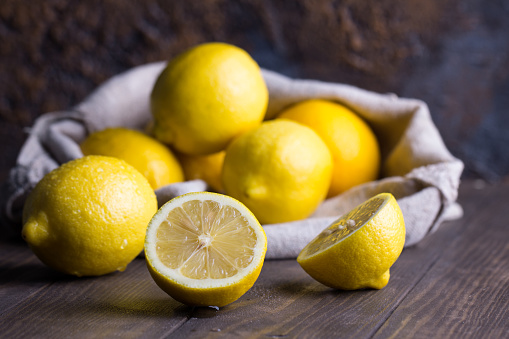
Lemons are high in vitamin C, folate, potassium and flavonoids. Flavonoids have been linked to reducing your risk of cognitive decline by enhancing circulation and helping to protect brain cells from damage. Lemons add brightness to so many dishes, from savory to sweet.
Pears
Besides vitamin C and fiber (25% of your daily value!), a single juicy pear will also help keep you hydrated.And like plums, pears are wonderful grilled as a side dish to whatever protein main dish you’re BBQing.
Limes
Limes have some nice health benefits: They’re loaded with vitamin C and are a decent source of calcium and iron.
Honeydew melons
Sweet honeydews are another fruit that pack a nice punch of vitamin C: It provides over 50% of your daily value. They’ll also give you a burst of potassium and fiber. Honeydew is a nice addition to a cool summery soup, like one made with cucumbers and lime juice.
Pineapple
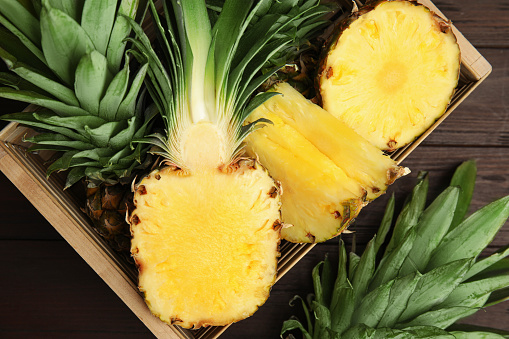
This tropical fruit is simply loaded with vitamin C and is an excellent source of manganese, a mineral that helps your brain and nervous system function. Pineapple is one of the best fruits to grill, whether it’s for a main meal side dish or as the base for an excellent dessert.
Breadfruit
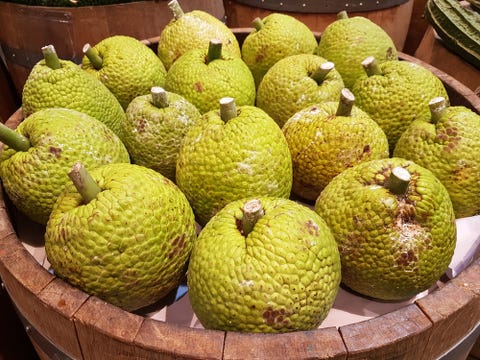
Another great source of vitamin C, breadfruit also has a fair amount of the minerals potassium and magnesium. It’s a particularly interesting fruit, because when it’s unripe it can be cooked like a potato, but when it’s ripe it can be used in a dessert. Another thing that’s unusual about breadfruit: It’s a terrific source of protein.
READ ALSO;

10 WAYS TO KEEP AN OPTIMUM HEALTHY LIFESTYLE AND BODY WEIGHT

Potential Health Advantages of Ginger
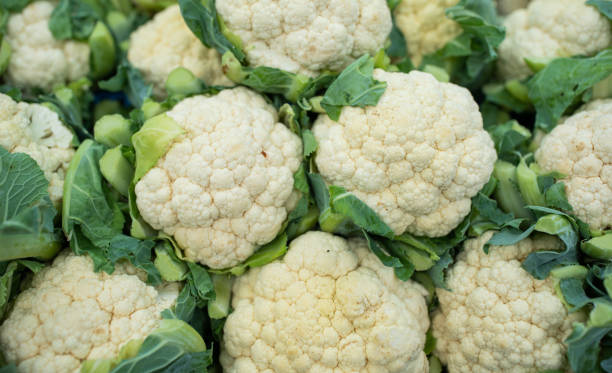
Benefits of cauliflower: Make this gluten-free veggie a part of your nutritious diet










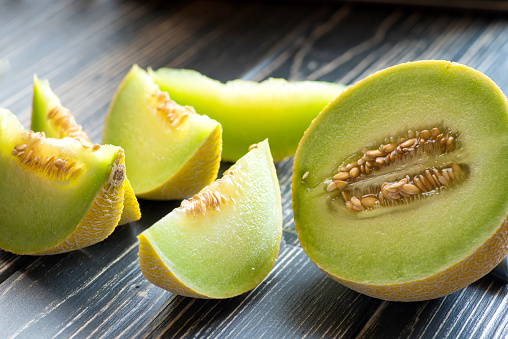






-
-
1 day
Tagged healthy, Healthy living, RESPIRATORY HEALTH